Mexico rivers turning into ‘slow-motion Chernobyl’ while government stands idle
15-year effort to clean rivers marred by legal loopholes and severe lack of funding
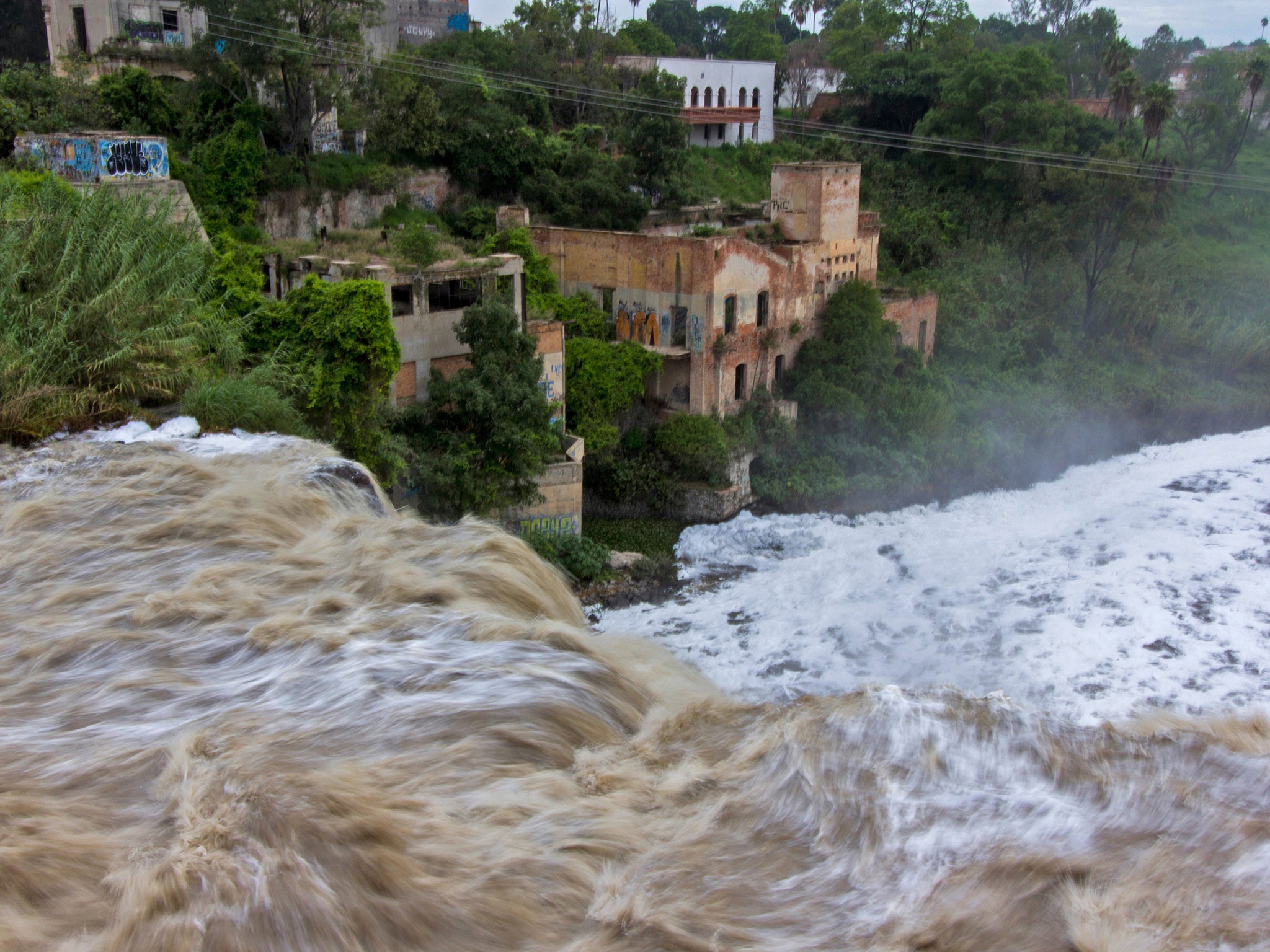
Your support helps us to tell the story
From reproductive rights to climate change to Big Tech, The Independent is on the ground when the story is developing. Whether it's investigating the financials of Elon Musk's pro-Trump PAC or producing our latest documentary, 'The A Word', which shines a light on the American women fighting for reproductive rights, we know how important it is to parse out the facts from the messaging.
At such a critical moment in US history, we need reporters on the ground. Your donation allows us to keep sending journalists to speak to both sides of the story.
The Independent is trusted by Americans across the entire political spectrum. And unlike many other quality news outlets, we choose not to lock Americans out of our reporting and analysis with paywalls. We believe quality journalism should be available to everyone, paid for by those who can afford it.
Your support makes all the difference.By the time the polluted Santiago River bursts over a waterfall on the outskirts of Guadalajara, in western Mexico, its stench seems to be everywhere: hovering over crops, seeping into homes, fouling the tap water.
The river smells of industrial waste and sewage — a catastrophe years in the making, with far-ranging consequences. Activists say the chemicals streaming from factories have contributed to a toxic brew that has killed and sickened many along its banks. The environment minister recently called it an “environmental hell”.
“This town is a slow-motion Chernobyl,” said Enrique Enciso, whose house in El Salto is perched just a few blocks from the river, and whose family has fought for more than a decade to clean it up.
The river is a powerful example of Mexico’s failure to protect its environment: A New York Times analysis of 15 years of efforts to clean up the Santiago found that attempts floundered in the face of legal loopholes, deficient funding and a lack of political will.
Now, Mexico has signed an expansive trade deal with the United States and Canada in which it made an explicit promise to conserve its environment — a provision that was central to winning approval from Democrats in the US Congress.
But The Times’ interviews with federal, state and local authorities and with families along the river showed that, without an overhaul of Mexico’s flawed legal framework and a change in the political conditions that allowed the Santiago to become little more than a channel for industrial runoff, Mexico is unlikely to be able to meet the terms of the trade deal.
The Santiago River, which courses through the state of Jalisco, is a case study in the ways the government has proved unable to police the businesses in a major river basin.
The United Nations called it Mexico’s most polluted waterway. Farms and factories that help power Mexico’s economy — and that would be bound up in the terms of the new trade deal — dump illegal quantities of waste into it, and do so with little penalty.
Factories are required to report and treat their own emissions, for instance — an exercise in good faith that officials admit does not work.
Less than a third of the country’s industrial wastewater is treated, the director of the government agency in charge of Mexico’s rivers, the National Water Commission, or Conagua, said recently at a public event, citing 2017 figures.
There are companies that do treat their wastewater, said Blanca Jimenez, the director. “But there are companies that don’t, even when they have the economic means. And there the state has to intervene.”
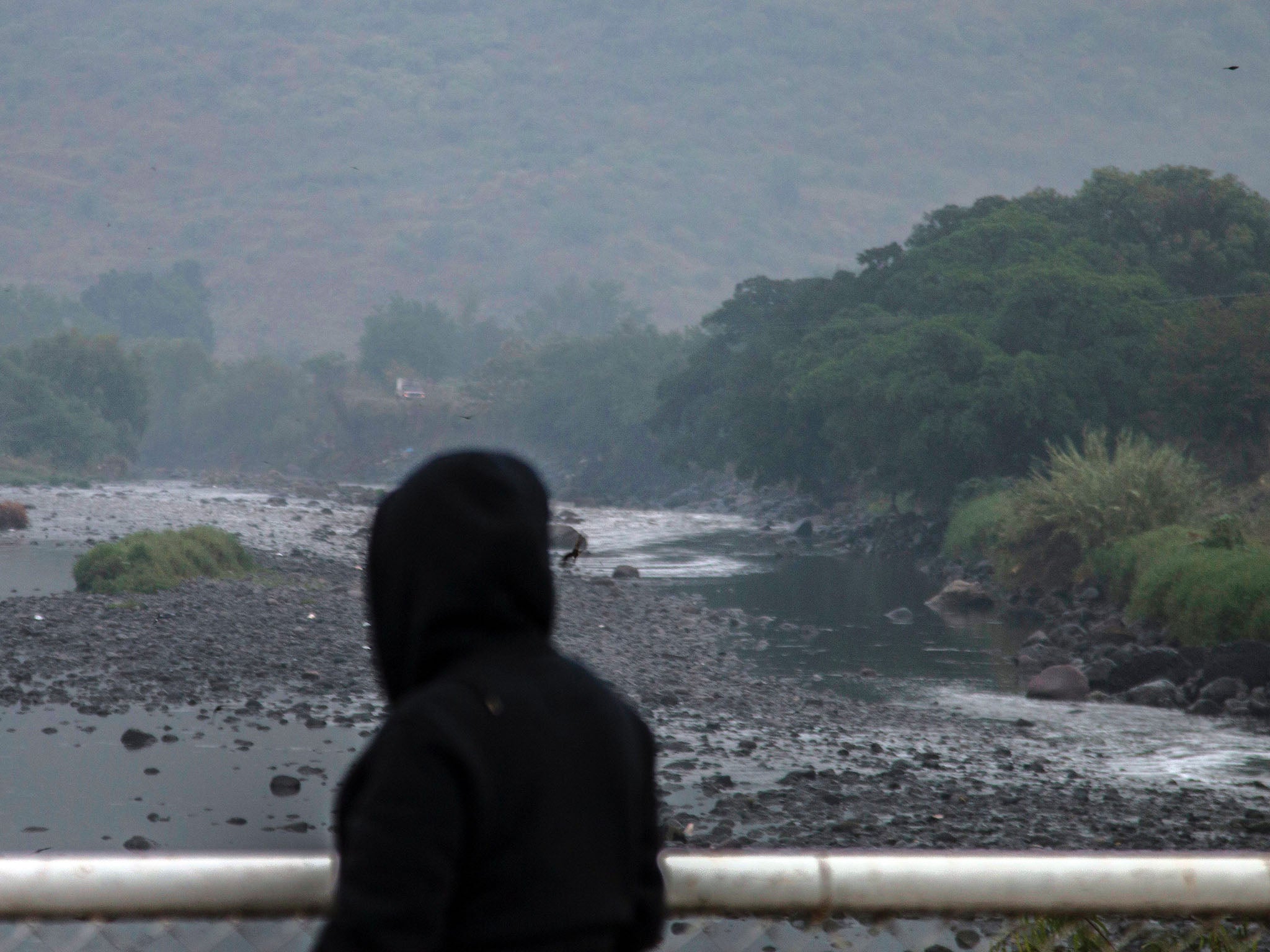
But the state rarely acts.
Conagua is responsible for regulating industrial emissions into rivers, but it has just one inspector for the entire state of Jalisco. And even when the agency does respond, the penalties it can impose are too low to be a deterrent.
In one example, according to documents obtained by The Times, Texas-based Celanese Corp acknowledged to Conagua that it had discharged illegal amounts of chemical waste 13 times during the summer of 2015, including almost 500 kilograms of hydrochloric acid, a corrosive compound. The company blamed heavy rains for the overflow, but Conagua issued a $4,300 (£3,200) fine.
The federal environmental enforcement agency also has the authority to inspect industrial wastewater — but rarely does so. In the state of Jalisco, inspectors visited 73 companies in the five years leading up to 2018 to check water emissions. There are an estimated 10,000 companies — from family-owned workshops to state-owned energy companies and large multinationals — operating in the Santiago River basin in Jalisco.
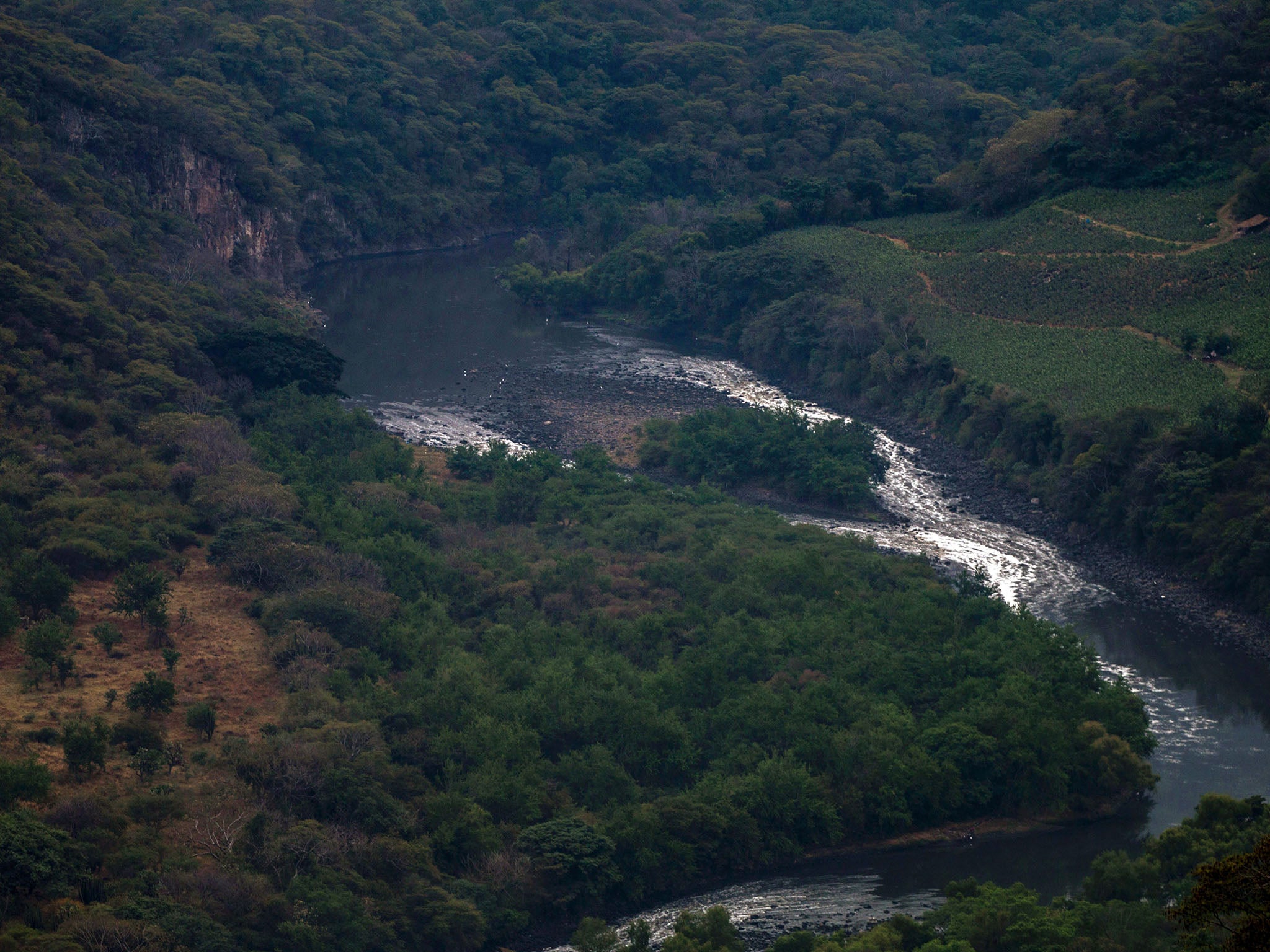
Mexican officials have known the Santiago is heavily polluted for many years. In 2008, an 8-year-old boy, Miguel Angel Lopez Rocha, fell into a tributary of the Santiago. He scrambled out, but by dinner time he was convulsing and vomiting. He died days later of arsenic poisoning caused by the river, according to the National Human Rights Commission.
His death turned national attention to the river’s pollution and the state commissioned a study. That 2011 report, by the Mexican Institute for Water Technology, found that the river contained high levels of arsenic, lead, cadmium, cyanide, mercury and nickel.
Two years later, a commission set up under the first North American trade agreement studied pollution in the Santiago and the adjoining Lake Chapala at the request of local communities. It found monitoring and enforcement failures as well as little evidence of an “alleged implementation of an ecological restoration plan” for the region.
But that trade deal, the North American Free Trade Agreement, also known as Nafta, did not allow for any penalties.
In 2017, the state of Jalisco, together with the National Autonomous University of Mexico, studied the river again and found its condition to be “critical”, with levels of many pollutants that repeatedly violated the permitted limits.
“The Santiago River is, for me, one of the most shameful, most terrible stories that Jalisco and Mexico have,” said the state governor, Enrique Alfaro.
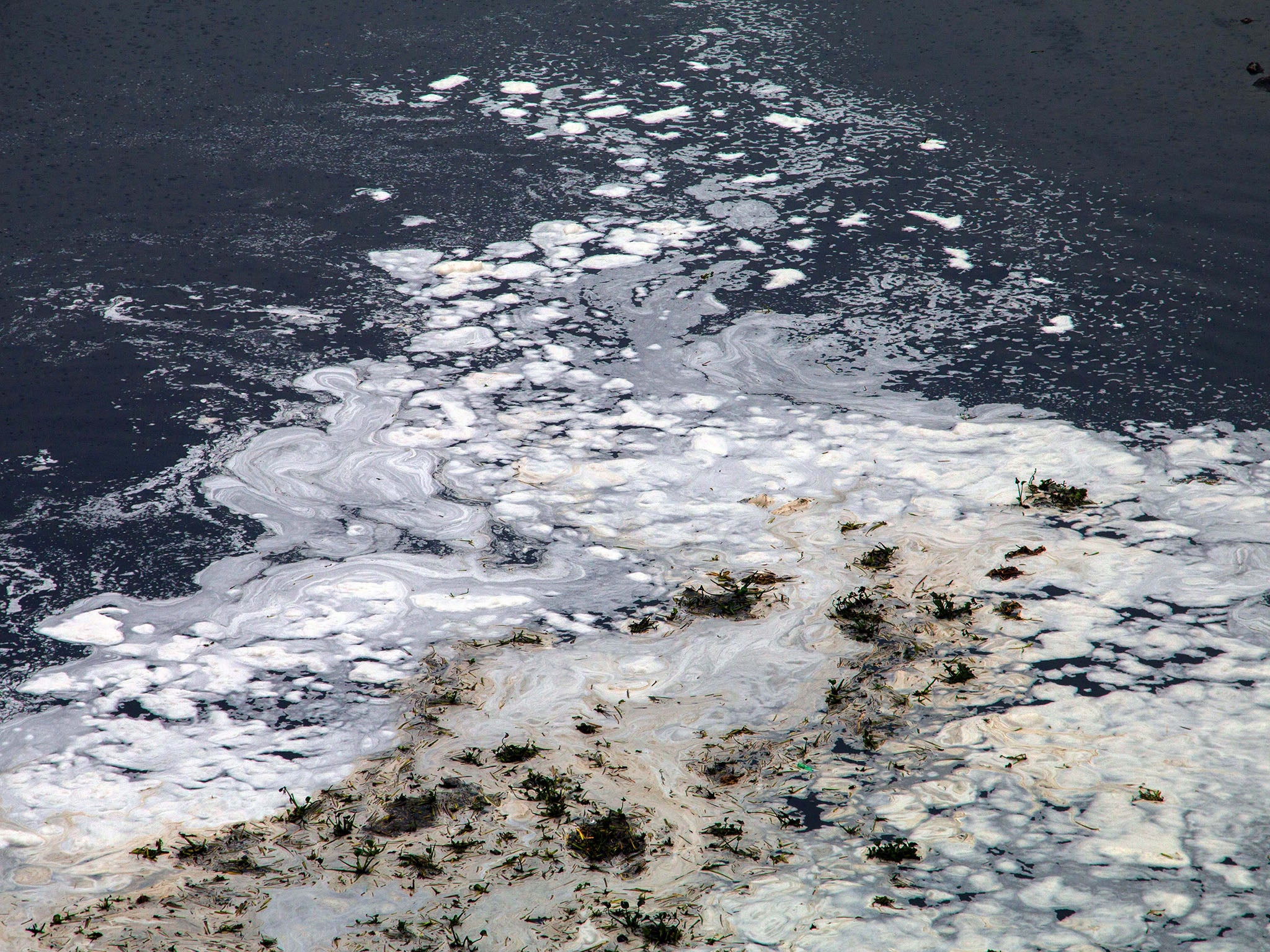
Just after taking office a year ago, Mr Alfaro visited the bridge over the waterfall that has become the symbol of the river’s pollution and promised to tackle the problem — a bold pledge, given that both his power and his resources are limited.
Mexico’s regulations are antiquated and riddled with loopholes.
Mexico overhauled its environmental regulations and set up new national agencies after the original 1994 Nafta brought international attention to its lax standards.
But that impulse quickly dissipated as Mexico worked to attract investment, and a quarter-century later, Mexican regulations generally allow factories to dump more contaminants into the water and the air than is allowed in the US.
There is no limit to the number of factories allowed to discharge waste into a river. Regulations do not include some organic chemicals, such as pesticides, and many heavy metals, according to Elizabeth Southerland, a former water expert at the US Environmental Protection Agency who reviewed the Mexican regulations.
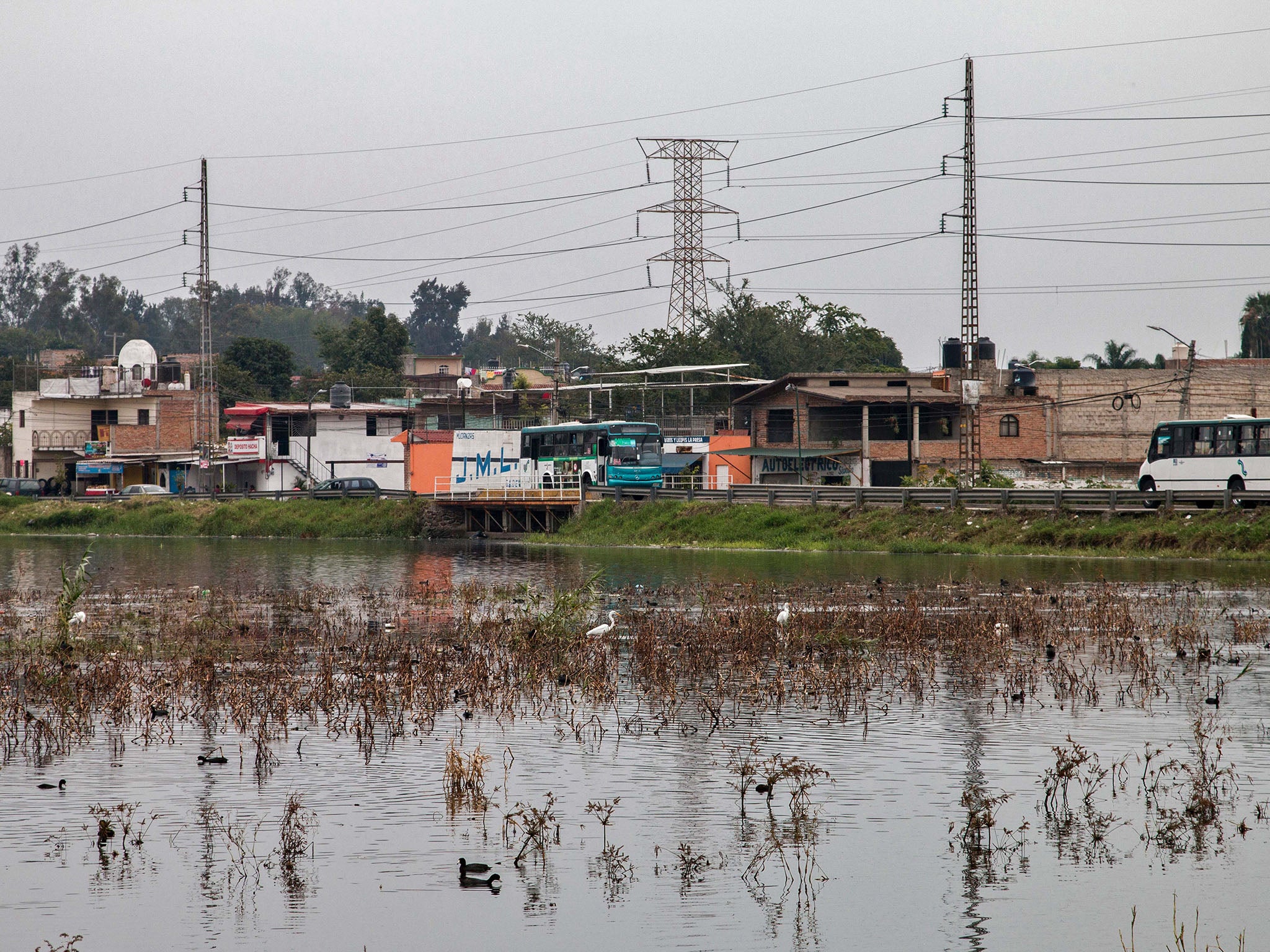
The limited rules, she added, are “totally inadequate to protect aquatic life and human health”.
The agencies in charge of enforcing the law have few resources and little political support, making them no match for the country’s expanding industry and growing population. A proposed overhaul of wastewater limits has stalled, blocked by lobbying from industry, according to Luis Esparza, an environmental lawyer, and Conagua officials.
“The law is made to normalize polluting activities to give them the seal of approval legally,” said Cindy McCulligh, an environmental expert at the Autonomous University of Zacatecas who studies the causes of the Santiago’s pollution. “Then you have the total absence of inspections, so that generates an environment of even greater impunity.”
When Mr Alfaro, the governor, asked federal officials for help, he was told there was not a single peso available. The federal budget for the environment has fallen by more than half of what it was five years ago.
With no help from the federal government, Mr Alfaro signed an agreement with local factories in August in which the companies made a voluntary pledge to play by the rules.
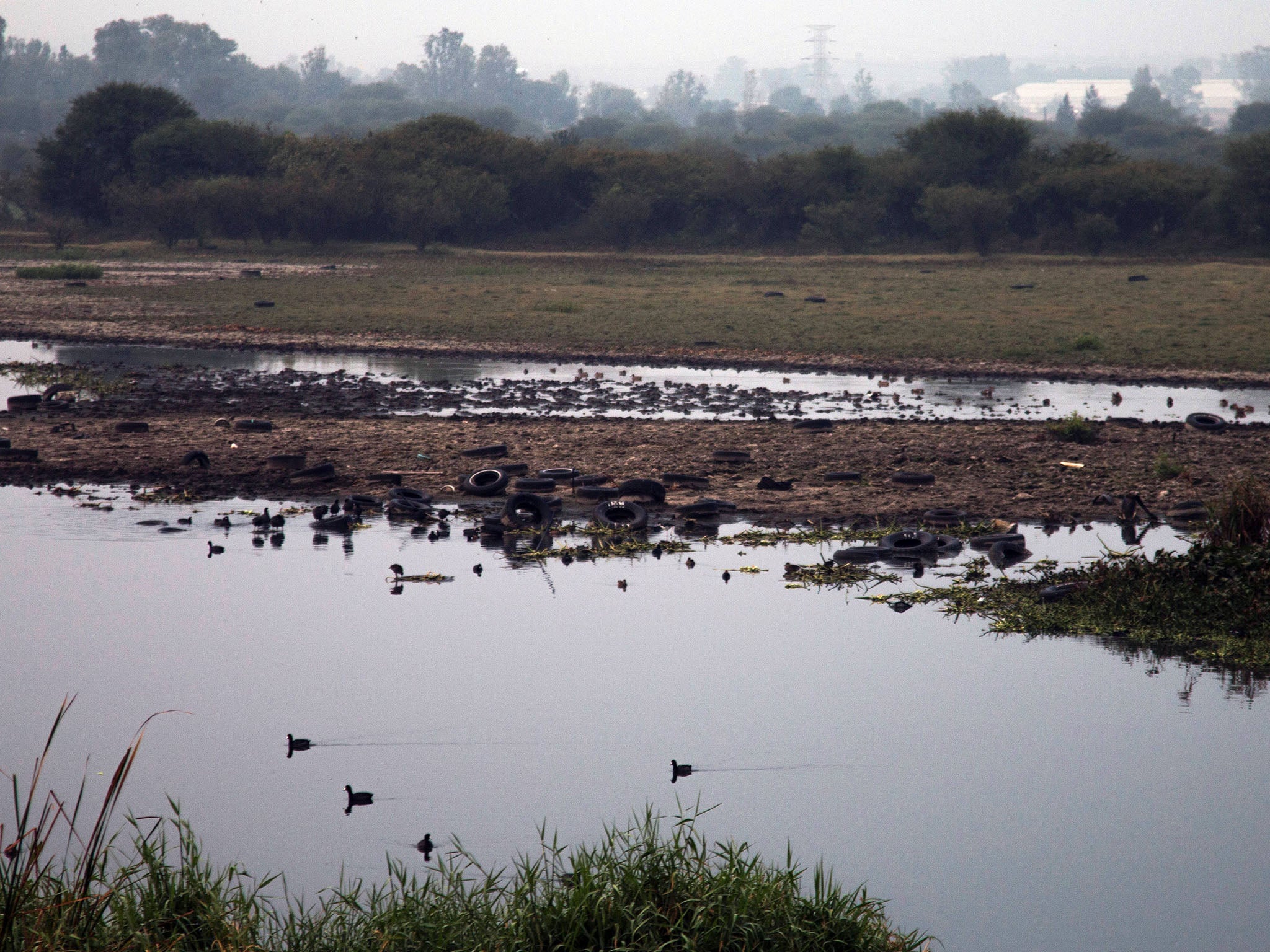
The government “does not have the capacity to ensure that we all follow the law”, said Rubén Masayi González, coordinator of the Council of Jalisco Industry Chambers at the time.
Municipal authorities, in theory, also have the power to check polluters: They have control over zoning and emissions into the municipal sewage system. But in practice, with threadbare budgets and little technical expertise, they are the weakest link in enforcing regulations.
That is what Carlos Maldonado, a former wheat farmer, found out when he ran for mayor of Poncitlan, a largely rural municipality upstream from where the river loops around Guadalajara.
Over decades, he had seen mounds of foam form in the irrigation channels carrying river water to his crops. Then the fish disappeared from the river and the land became barren.
During his first days in office, in 2010, he decided to audit local companies.
“When people voted for me they did not vote for someone who was going to turn a blind eye,” Mr Maldonado said.
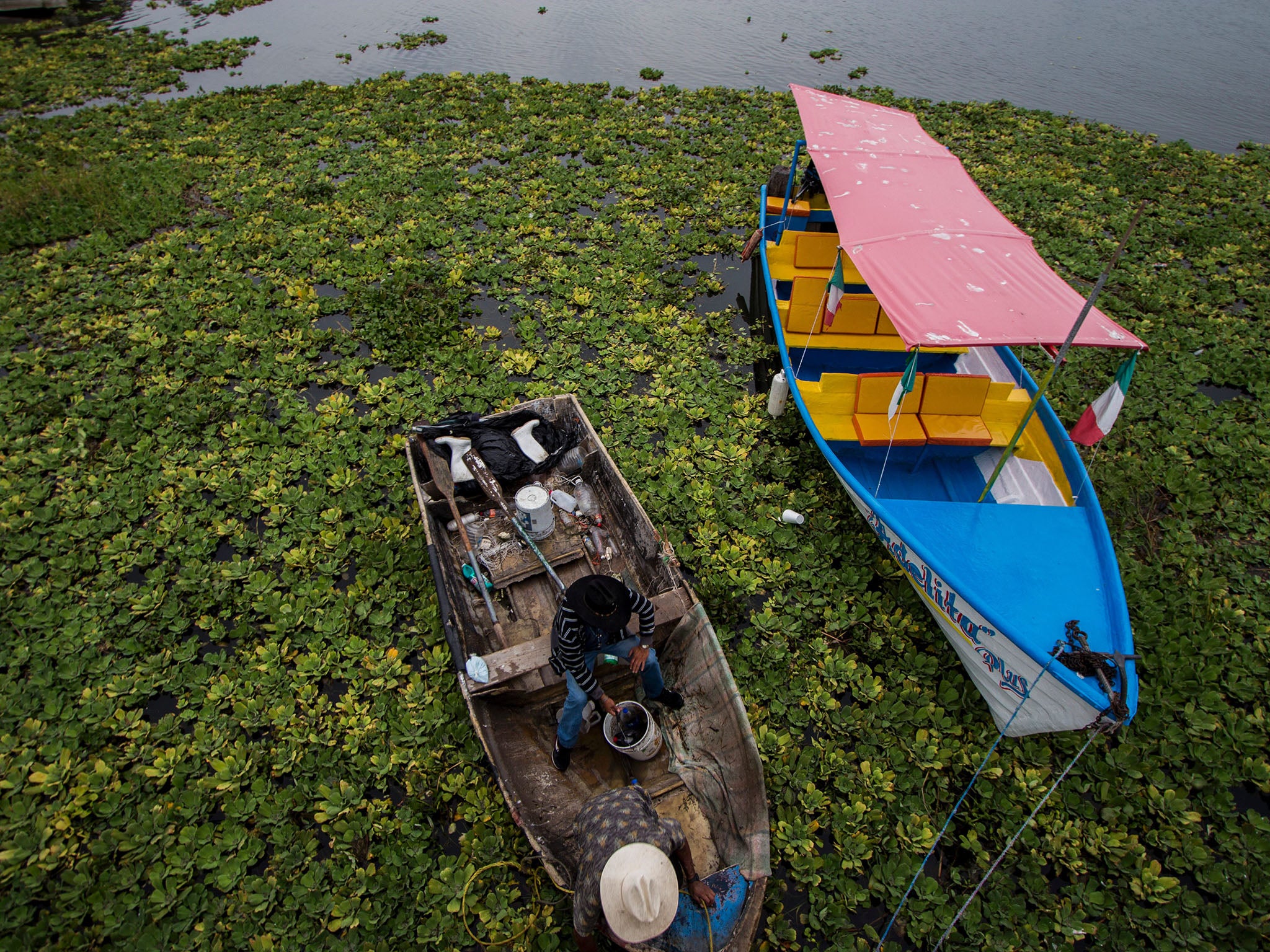
He asked a chemical plant owned by Celanese, a major employer in Poncitlan, for a report of its emissions. It had operated the plant in Jalisco since the 1940s, but shut it down at the end of October, citing market conditions.
Celanese told Mr Maldonado that the request was beyond his authority, he said. So he withheld the company’s yearly operating license as leverage.
When the mayor would not back down, Celanese contacted the state governor. And after a meeting among state and local officials with lawyers for Celanese, Mr Maldonado relented.
W Travis Jacobsen, a spokesman for Celanese, said that the mayor had no reason to withhold any licenses or permits because the company was never cited for any wrongdoing.
Jose Chedid Abraham, the former Conagua director for the Santiago River Basin, said laws on pollution enforcement are flawed.
“Everybody enforces the part that corresponds to them,” he said. “And that leaves gaps where polluters can manoeuvre so that they can continue to pollute.”
That could change under the new trade deal, said Gustavo Alanís, director of the Mexican Centre for Environmental Law, one of Mexico’s leading environmental organisations.
Tucked into the fine print of the law that the US Congress wrote to approve the deal is a measure that would require Mexico to correct failures in enforcement or face possible penalties.
“This could be an important signal,” Mr Alanís said, adding that the measure put “baby teeth” in the agreement. “We have always wanted there to be enforcement.”
But after years of activism, the communities living along the river have little hope of change.
The Enciso family have been pressing for government action for more than a decade. In that time, they have seen neighbours suffering from kidney disease, respiratory illnesses and skin rashes. Others developed cancer, said the family, and many believed the river was to blame.
“Now we realise the size of the monster,” said Mr Enciso’s wife, Graciela Gonzalez.
Mr Enciso added: “The government is walking hand in hand with the guilty.”
The New York Times
Join our commenting forum
Join thought-provoking conversations, follow other Independent readers and see their replies
Comments